We are all familiar with the wonders of fresh, handmade pasta (which, by the way, I have not even included in my book proposal, as I now believe fresh pasta can truly only be taught in live classes). Pasta became an easy weeknight - or day - fix for a very large part of the world, especially in its birthplace, where it is quite common to consume it almost daily. After all, there is pride in every food that, throughout culture and history, rose to be a safe haven for the tired and on-budget people who open the fridge and just stand there staring at it as if trying to uncover some deep secret of the universe, lost.
Most stores around the world carry some kind of selection of pasta brands, some Italian and some indigenous to the place, but not all pastas are created equal. Here’s a guide for you to learn how to choose the best quality pasta, which will inevitably elevate every pasta meal to a much higher level - especially if it is just a pasta aglio, olio e peperoncino.
KINDS OF DRIED PASTA YOU CAN FIND IN STORES
I separate pastas you can buy in stores into three big categories:
Dried durum wheat pasta
This is the classic pasta that comes in a cardboard box and that can be found in most food stores and supermarkets. It comes in many shapes - fusilli, penne, rigatoni, spaghetti, and dozen others - and in many brands. It is the most commonly bought dried and is not a handmade pasta.
Dried eggless wheat pasta
These are the pastas that are traditional of the poorer areas of Italy, where many many years ago were made by hand using local flour and water alone. These pastas are usually found packaged outside of Italy, but can be easily found fresh in several pastifici. These pastas include orecchiette, strozzapreti, foglie di ulivo, malloreddus, and some other formats that are typical of some specific regions, like strascinati from southern Italy or trifle from Liguria.
Dried egg pasta
These are all your favorite Italian classics, like tagliatelle, pappardelle, lasagne, and all stuffed pastas that can be dried for later consumption. These can be sold packaged in supermarkets, or, much better, fresh at pasta counters. It can be bought dried and boxed, but it is usually better made or bought fresh.
This article will focus on recognising and buying dried durum wheat pasta - the cheap, packaged stuff that conquered every supermarket shelf around the world.
HOW DURUM WHEAT PASTA IS MADE
Industrial pasta goes through three main processes: the first is the kneading of durum wheat and water, to create a mass that is the right consistency for the extrusion. Extrusion is the stage in which the dough gets pushed out through a machine - the extruder, which pushes out pasta through circular plates called pasta dies which have holes in the several shapes that pasta can be produced in. The extruder can be bronze or teflon.
Once extruded and cut, the pasta needs to dry: pasta can be lenta essiccatura - slow drying, or dried quickly through a process where it goes through blasts of intense heat that dry it very quickly and make it ready for the market.
The process of extrusion and drying, along with the quality the wheat, determines the quality (and price) of the pasta.
The best pasta is always slow dried. It does not have to be bronze cut, but ALWAYS slow-dried.
THE 5 CHARACTERISTICS OF PASTA
What to look for when you actually go shopping
COLOR & TEXTURE
Good pasta should look very pale, and have a gritty texture, almost as if flour is still clinging on its surface. These are characteristics of bronze-cut, slow dried pasta: if your pasta looks deep yellow, and almost plasticky in texture, it means that it was cut using regular cutting extruders, which make the pasta surface way smoother, and dried at very high heat - the yellow color is the result of the burning of the sugars in consequence of such blasts of high heat. Sometimes, burnt sugar makes the pasta slightly bitter, and the smooth texture doesn’t let sauces cling to the pasta, as the release of starch is close to zero.
Most pasta packaging will have at least some clear parts - I always want to see the product I’m buying.
SMELL
Great pasta will still have some smell of fresh wheat. It is not supposed to be odorless or, even worse, smell like the cardboard box that it comes in. Sometimes, good quality pasta comes in a paper/plastic bag rather than a box, which smells way less like cardboard chemicals.
STARCHINESS
Good quality pasta has a steady, just right release of starch in cooking. It will release starch in cooking water, so you can use it to finish your recipes, and it will release starch in the pan when you need to finish a recipe by sautéeing int the pan. This is crucial for creamy pastas. Plasticky, quick dried pasta makes it almost impossible to achieve perfect creaminess as you’d need in recipes such as cacio e pepe, carbonara, and many others, including the technique of pasta risottata, which we will see in a future newsletter.
COOKING AL DENTE
Generally, pasta has a cooking time that varies between 7 and 13 minutes, depending on the format. Cooking time is indicated in the package and is the cooking time you should abide to. If finishing pasta in the pan along with the sauce, cooking is usually stopped a minute or two earlier than indicated in the package. Good quality pasta will be al dente, or ‘have a bite’, meaning that it has texture in your mouth and not feel soggy too soft. Good quality pasta will still hold its texture even if you leave it cooking a couple minutes further, and will not glue together as easily.
QUALITY OF WHEAT
Quality of wheat deserves a full article in itself. Today’s wheat for mass production is, honestly, not the best. I will any day pay one extra euro for good quality wheat over any other ingredient. Pasta made with good quality wheat holds cooking better, has better texture and consistency, and is generally much better for you.
In Italy, I favour pastas made with Italian wheat. Some are even made with local, indigenous ancient varieties, called grani antichi (ancient grains), like Monococco, Gentil Rosso, Timilia, and Senatore Cappelli amongst the most common.
If you live in an area with local pastifici that use local grains, all the better: for example, Sfoglini Pasta uses local North American organic grain that is locally milled, and few things are better than km0.
Most pastas, even good ones, are likely made with a mix of grains coming from all over. The kind of wheat used has probably the biggest impact on the price of pasta.
While Italian wheat might not necessarily be the best (though it usually is), please consider that Italy has some very strict production and food standards that prohibit several kinds of pesticides and harmful practices, which makes Italian wheat better than several others. Of course, Italy would never be able to produce the amount of wheat needed for pasta production, so it is completely realistic that pasta is made with wheat coming from all over the world.
READ THE PACKAGE
When buying pasta (or anything, really) have a look at the packaging and check out what it says. If the pasta has been slow-dried and bronze-cut, it will say so in the packaging. The packaging (at least for European brands) will always say where the wheat comes from and wether it is organic or not. Italian Ancient grains aren’t always certified organic, but their quality is usually even better than organic generic wheat.
Comparing three different brands and quality of pasta:
The first shown is Pasta Martelli, possibly one of the best pasta on the market. They make few pasta formats, made with selected Italian durum wheat, it is bronze-cut and dried slowly for 50 hours. You can tell the drying and making is artisanal as the spaghetti were hung to dry and you can still see the curving - this is top quality. The 500g package comes at 3,50 euros (I have seen it sold at Eataly in NY for 10$ in 2010). I’d give this a 10/10.
The second spaghetti is by Garofalo and, though a supermarket brand, the quality is very good. It is profiled as ‘Pasta di Gragnano IGP’, bearing a regional trademark of quality. They use a mix of grains from Italy and the USA. They either use bronze dies or teflon dies depending on how porous the pasta is supposed to be - they make many pasta formats, and some are supposed to be smoother as per the local recipes. They use a method of drying that is gradual, starting at a low temperature and raising it as the pasta dries to avoid damaging it.
A 500g of this pasta comes at 1,55 euros in Italy, and will probably cost twice as much abroad.
this deserves a 7-8/10.
The third spaghetti is from the local supermarket brand and is made by a local pastificio, which makes pastas of varying quality depending on the price point. This pasta uses 51% Italian grain according to the packaging, but where the remaining 49% comes from is not specified (it says ‘UE and non-UE grain’). They are smooth, a bit plasticky and quite yellow, clearly very quickly dried. A 500g pack of this pasta comes at 0,75 euro cents on the Italian market, but is equivalent to all other average quality pastas made with a mix of grains and quickly dried. This is still not the worst quality, as you can see the texture of the grain and it has a good smell. This gets a 5/10 (could be a 6 considering how little it costs).
In this photo from 1929, you can see how a truly traditional process of slow-drying shapes spaghetti like the Martelli ones. You can see more old pasta manufacturing photos here.
THE BEST BRANDS YOU CAN FIND INTERNATIONALLY
These are very likely brands that the average Italian person will use almost on a daily basis, and I have seen them quite often abroad.
Rummo
Molisana
Garofalo
Voiello
Afeltra
THE PODIUM
To me, at its price point, Pasta Rummo will always make the top of any list. This historical pastificio in Benevento, Campania, was almost wiped clean by a terrible flood that overtook the area in 2015, and was able to come back with new branding and packaging (which I LOVE). They only use Italian wheat, use their historical bronze dies for their pasta, and slow-dry each format separately according on thickness and water retention. Its price point varies but it ranges from 1,80 to 2,50 euros.
La Molisana is a close second; they work their pasta like Rummo does and the texture is amazing. Both brands make white, whole wheat and gluten-free pasta, Rummo has a line of pasta made with legume flours (chickpea and lentil) too. Both have organic paper packaging that’s easy to compost. A 500g pack of Molisana comes at around 1,40 euros.
Voiello (which is actually owned by Barilla) and Garofalo easily makes the podium too. Voiello uses Italian wheat and a bronze die, though the drying process seems to be quicker according to the final color of the pasta. Garofalo - see description above. The 500g package I bought came at 1,85 euros.
Pasta Afeltra deserves a special mention. You can get it in several places abroad and it’s very high quality. Its price point should be around 3 euros in Italy, so it’s on the higher spectrum. They also have their own organic line.
Disclaimer: I probably haven’t looked enough, but I wasn’t able to find some truly foul pasta (like I have seen in the past especially in the US). Worst I have seen to far was one from a big discount chain that I never bought. I think that pasta quality overall went up, and it’s much more common to find good pasta for a good price at any store. This is good news!
The list above does not account for niche brands, like pasta Martelli is. Niche brands like this make some truly extraordinary, expensive pasta that is considered a treat for Italians as well. In this range, you can also find Cavalier Cocco and Benedetto Cavalieri. All these brands sit at a high price point, with one pack of pasta usually costing well above 3,50 euros in Italy, and around 8-10$ abroad.
Pastas in this photo: shells by Voiello, tortiglioni by De Cecco, Fusilloni by the new Barilla bronze-die brand, spaghetti from Martelli, and spaghetti by Garofalo (on the bottom part).
A NOTE ON BARILLA & OTHER BIG BRANDS OUTSIDE OF ITALY
Barilla is probably the biggest pasta brand in the world and one you can find anywhere. I wouldn’t choose their pasta over any of the brands above, but they recently released a new pasta line that uses the slow drying process and which seems to be really good. Still, it’s pasta I never buy.
Pasta brands like Aldi, Lidl Italiamo and Tesco are extremely popular in Europe/UK and are often made by Italian pastifici (Aldi’s pasta is made by Liguori, which isn’t bad at all). This doesn’t mean that they’re good by default, but some of their pasta lines are actually quite good and affordable. I personally don’t like Lidl Italiamo pasta, but have not tried the others.
As far as the USA goes, pasta found at Whole Foods is usually very good. I remember Lidia Bastianich’s pasta line to be good. Same for the Whole Foods 365 brand. Sfoglini is great if you’re willing to spend extra.
In any case, just refer to the criteria above. That way, you will also be able to pick good pasta. I’m not going to mention pastas that I think are terrible. Just know that if it’s really plastic yellow, don’t get it.
I would love to know what brands of pasta you love and can easily find where you live, if there are any local brands you love, or how expensive pasta is where you are. Thank you for reading and leave a comment if you like - on my IG @valentinahortus as well!
Was this post useful? please consider sharing it and spreading the love!


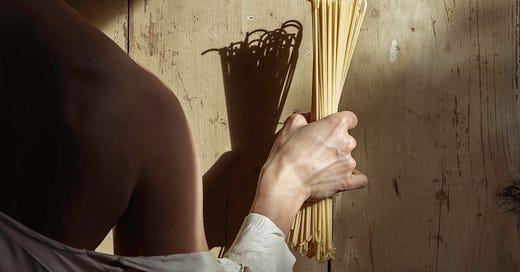



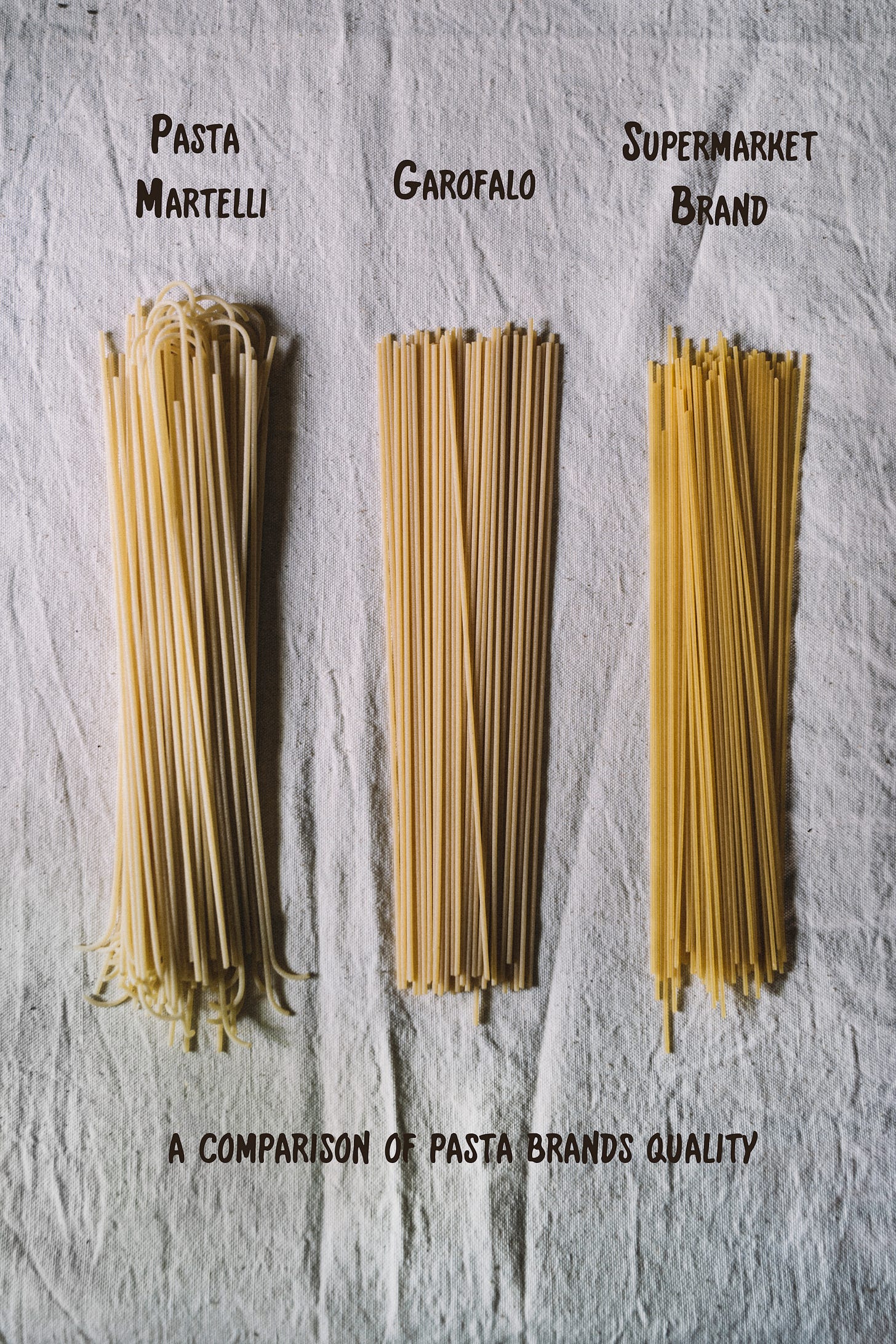
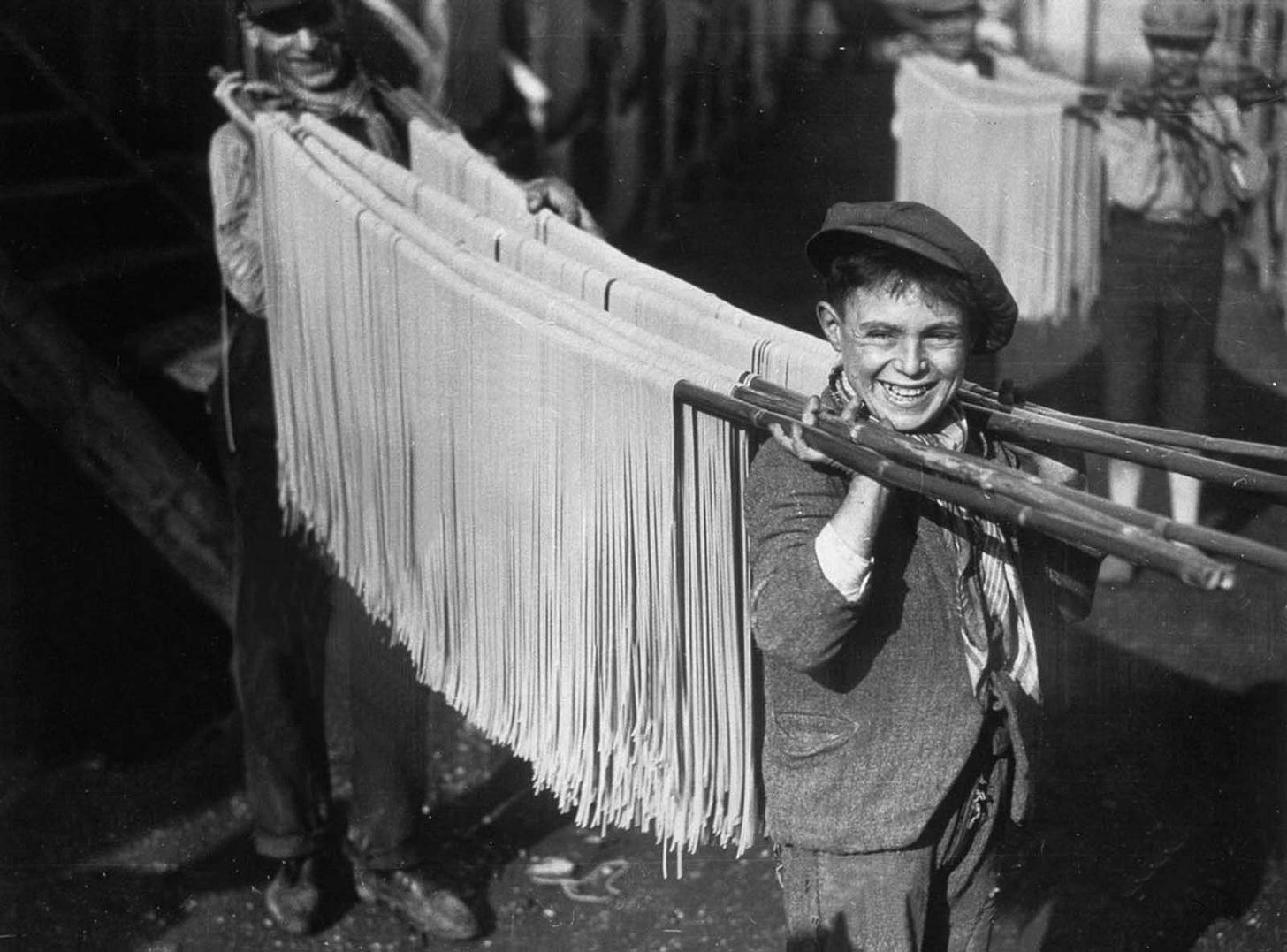
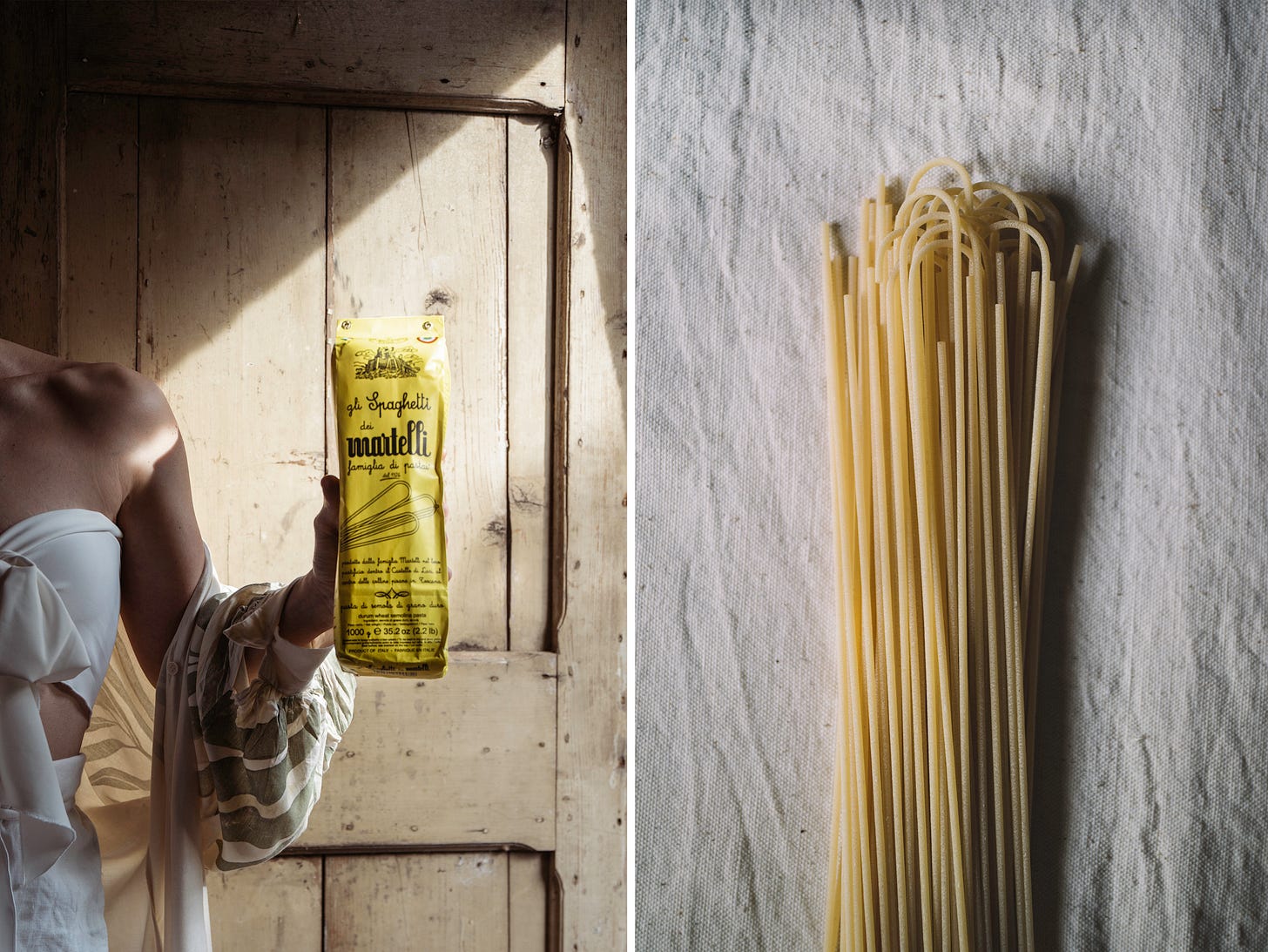
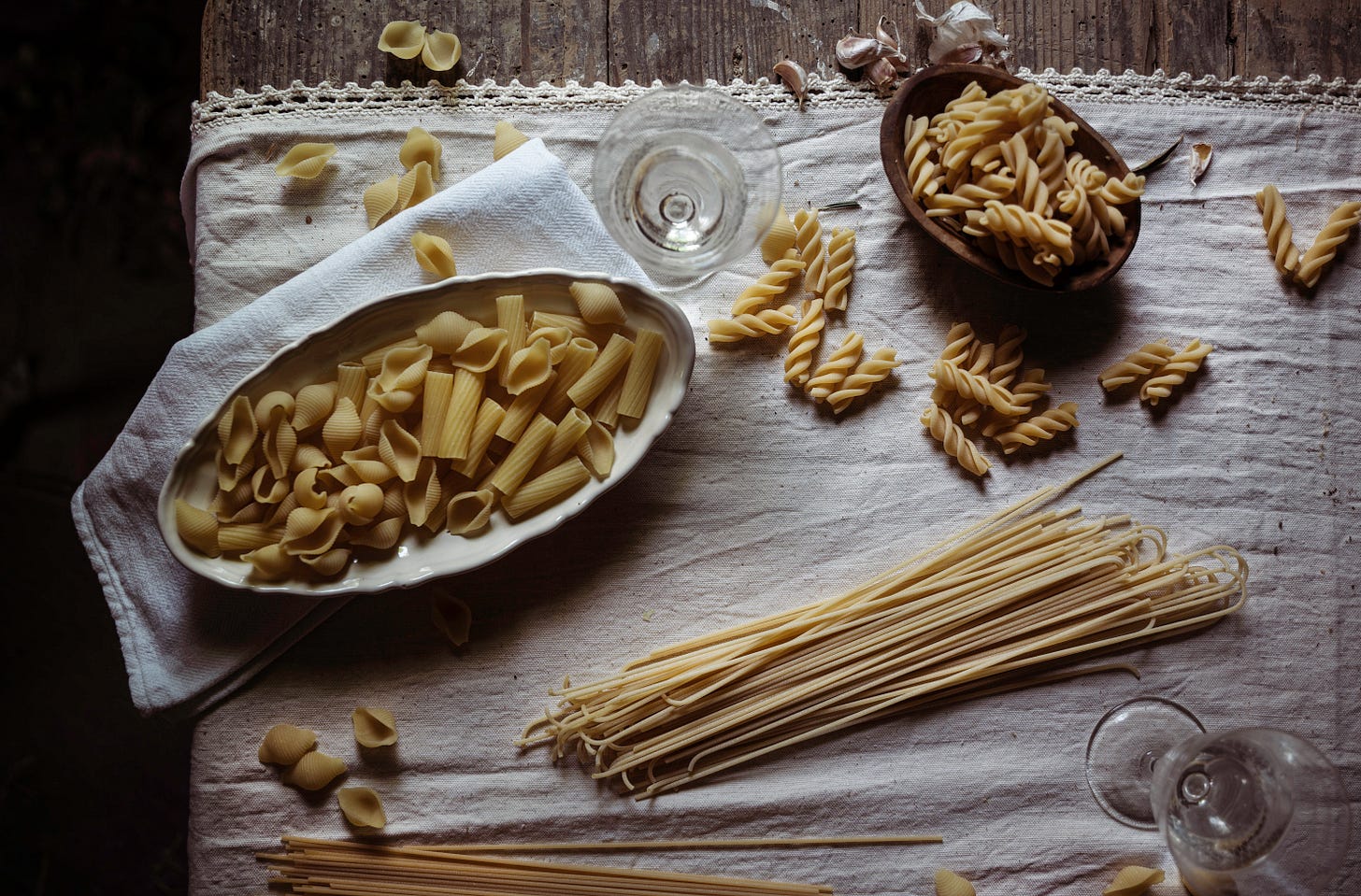
Any thoughts on what to look for in whole grain pasta?
Thank you for a very informative article. What do you think of Setaro brand pastas. I’ve purchased theirs before and I liked them very much. Would love your opinion. Thank you